Seedling Nursery Setup: Tools, Trays, and Tunnel Requirements for Large-Scale Operations
Setting up a large-scale seedling nursery is a strategic move for farmers, horticulturists, or commercial growers aiming to produce thousands of healthy seedlings efficiently. Whether you’re growing vegetables, ornamentals, or trees, a well-planned nursery setup ensures consistent quality, scalability, and cost-effectiveness. In this guide, we’ll explore the essential tools, trays, and tunnel requirements tailored for a large-scale seedling nursery. Let’s build a robust foundation for your operation!

Why Go Large-Scale with a Seedling Nursery?
With a large-scale nursery, you can capture high demand, supply local market demand, or facilitate large-scale farming projects. It provides economies of scale, less reliance on outside seedling suppliers, and better control of plant quality and timing. With a well-equipped operation, a hundred thousand tomato, cucumber, or nursery trees per cycle are not uncommon, ideal for commercial viability.
Essential Tools for a Large-Scale Seedling Nursery
Scaling up requires durable, efficient tools to handle volume. Here’s what you’ll need:
1. Soil Mixer
- A motorized soil mixer (e.g., 1-2 cubic yard capacity) blends large batches of growing medium (peat, perlite, compost) uniformly.
- Saves time compared to hand-mixing for thousands of trays.
2. Seeding Machine
- Automated seeders (e.g., drum or vacuum seeders) plant seeds precisely across hundreds of trays per hour.
- Suitable for bulky crops such as flowers or vegetables.
3. Industrial Irrigation System
- Mount overhead sprinklers or a boom irrigation system for uniform watering of wide areas.
- Combine with a pressure pump and timer for automatic operation.
4. Heavy-Duty Pruning Shears
- Bulk thinning or trimming needs several pairs of sharp, ergonomic shears.
- Invest in professional models for heavy-duty use.
5. Electronic Climate Monitors
- Utilize sophisticated sensors to monitor temperature, humidity, and light throughout the nursery.
- Wireless systems with data logging assist in managing large areas.
6. Forklift or Pallet Truck
- Transport heavy piles of trays, soil bags, or equipment effectively.
- Critical for large-scale material handling.
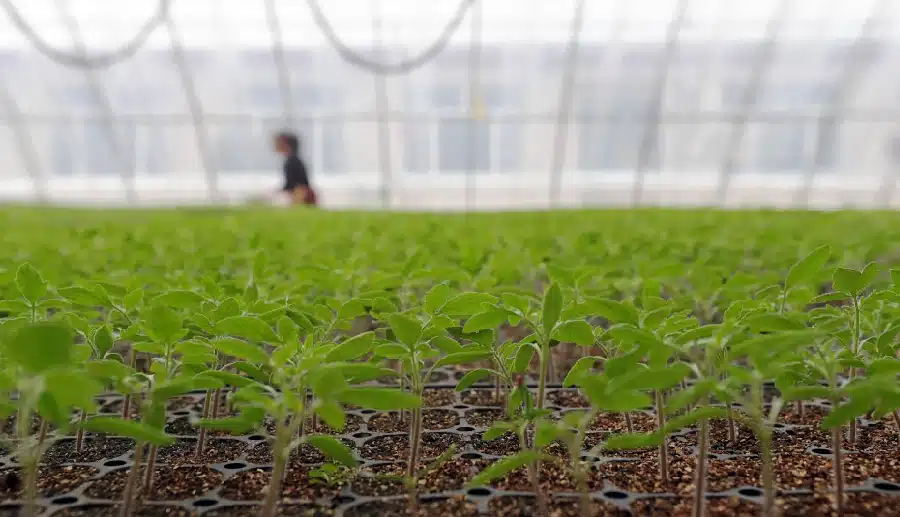
Selecting Trays for Large-Scale Production
Trays for a large operation must balance capacity, durability, and workflow efficiency. Here’s what works:
1. High-Density Plastic Trays
- Use 128- or 200-cell trays for vegetables (e.g., tomatoes, peppers) or 50-cell trays for larger seedlings (e.g., trees).
- Reusable and stackable, with drainage holes—purchase in bulk (e.g., 500-1,000 units).
2. Styrofoam Plug Trays
- Insulated and lightweight, ideal for mass production of rooted cuttings or sensitive crops.
- In 242- or 392-cell sizes for ultra-high density.
3. Shuttle Trays
- Large trays (e.g., 10×20 inches) contain multiple cell inserts, making transport and transplanting easier.
- Use with automated conveyor systems for efficiency.
4. Tray Filling Machine
- Weigh and fill soil with a tray filler (200-400 trays/hour capacity) to match size.
- Guarantees even packing for even germination.
Pro Tip: Purchase a tray washer or sterilizer (steam or UV systems) to sanitize thousands of flats between cycles, avoiding disease transmission.

Tunnel Requirements for a Large-Scale Nursery
A tunnel (or polytunnel) is essential to shelter big batches of seedlings from weather extremes while providing optimal conditions. Here’s how to construct it:
1. Size and Layout
- Go large: 30×100 ft or bigger tunnels can accommodate 10,000+ seedlings per cycle.
- Design multiple tunnels or bays with broad aisles (4-6 ft) for equipment access and worker flow.
2. Frame Construction
- Utilize heavy-duty galvanized steel hoops (1.5-2 inch diameter) secured with concrete footings.
- Wind load and snowfall design (up to 80 mph) if necessary.
3. Covering Materials
- Use 8-10 mil UV-stabilized polyethylene film for long-lasting durability (3-5 year lifespan).
- Double-layer covers with inflation increase insulation and energy efficiency.
4. Ventilation Systems
- Motorized roll-up sidewalls and ridge vents for passive ventilation.
- Include industrial exhaust fans (e.g., 36-48 inch diameter) to provide air circulation in gigantic tunnels.
5. Climate Control
- Deploy electric or gas heaters (e.g., 200,000 BTU units) for winter production.
- Utilize evaporative cooling pads or misting systems for warm climates—essential for summer seedling batches.
6. Flooring and Drainage
- Install permeable concrete or gravel over a graded base to accommodate heavy equipment and foot traffic.
- Lay drainage channels or pipes to redirect runoff from mass waterings.
7. Lighting
- Supplement with high-output LED grow lights (e.g., 600-1000 watt fixtures) for year-round production.
- Install lights on moveable racks to illuminate large spaces.

Establishing Your Large-Scale Seedling Nursery
1.Site Selection
- Select a flat, accessible area with ample water supply and power (three-phase electricity for equipment).
- Ensure it is near fields or markets for easy transplanting.
2.Assembly of tunnels
- Build frames with a contractor or qualified crew, clamping covers on snugly using wiggle wire or clips.
- Test ventilation and heat systems prior to planting.
3.Work Flow Design
- Place trays on benches or rolling racks (e.g., 4×8 ft sections) to take advantage of space—aim for 80-100 trays per 100 sq ft.
- Install a seeding station, watering zone, and hardening-off area.
4.Automation Integration
- Integrate seeding, filling, and watering systems with a central controller for unattended operation.
- Use software to monitor output to count seedlings and track growth stages.
Tips for Maintenance on a Large Scale
- Regular Inspections: Check equipment, tunnels, and irrigation on a weekly basis to catch problems early.
- Pest Management: Employ integrated pest control (e.g., sticky traps, beneficial insects) over large spaces.
- Staff Training: Provide training to workers on seeding machines, climate controls, and tray handling for consistency.
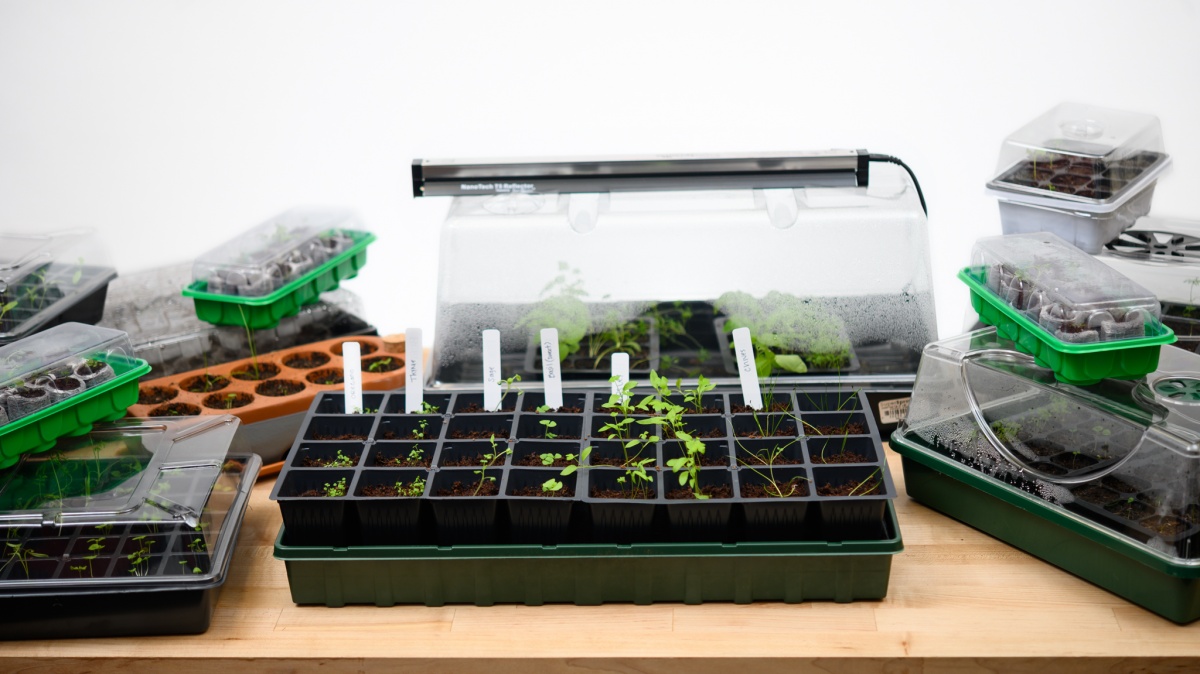
Advantages of a Large-Scale Seedling Nursery
- Mass Production: Produce 50,000+ seedlings per season with ease.
- Profit Potential: Supply local farmers, nurseries, or retailers at scale.
- Resilience: Manage quality and timing, minimizing risks from external suppliers.
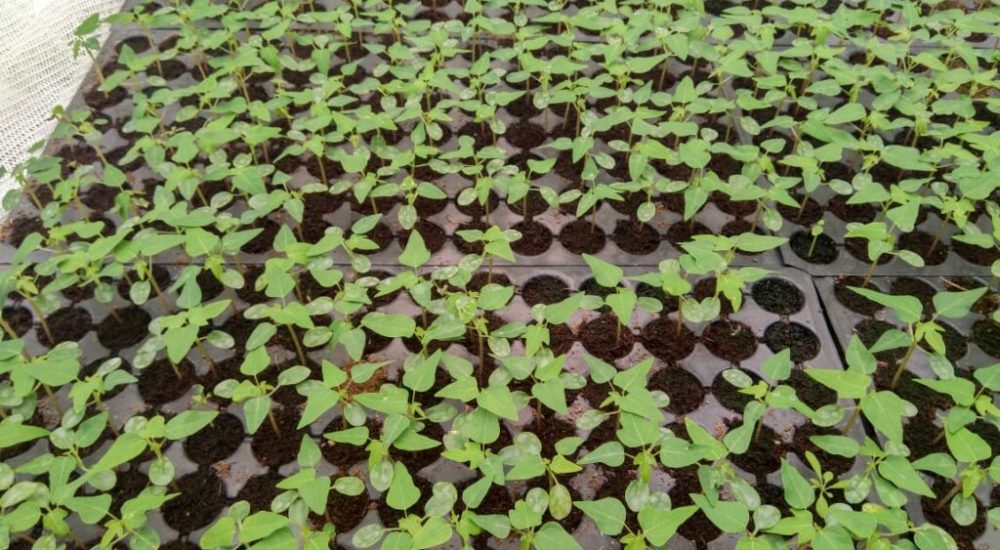
Conclusion
A large-scale seedling nursery setup is an investment in efficiency and productivity. With the right tools—like seeding machines and soil mixers—high-capacity trays, and a robust tunnel system, you’ll be equipped to produce healthy, market-ready seedlings in bulk. Ready to scale up? Plan your layout, source your gear, and start growing a thriving nursery operation today



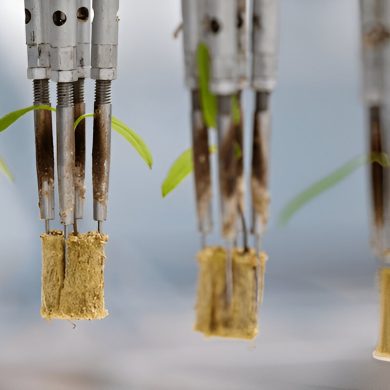
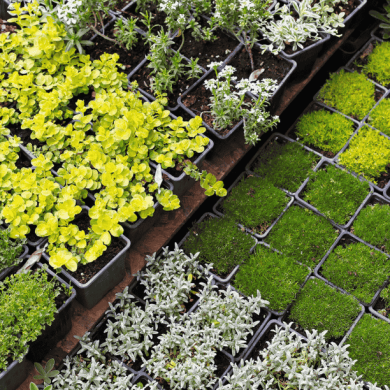
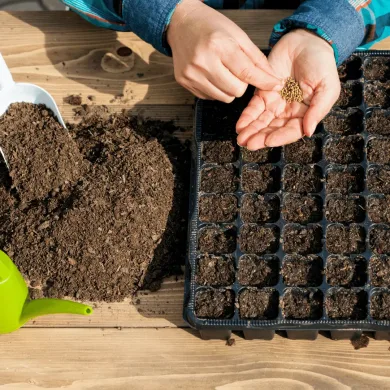



Add comment